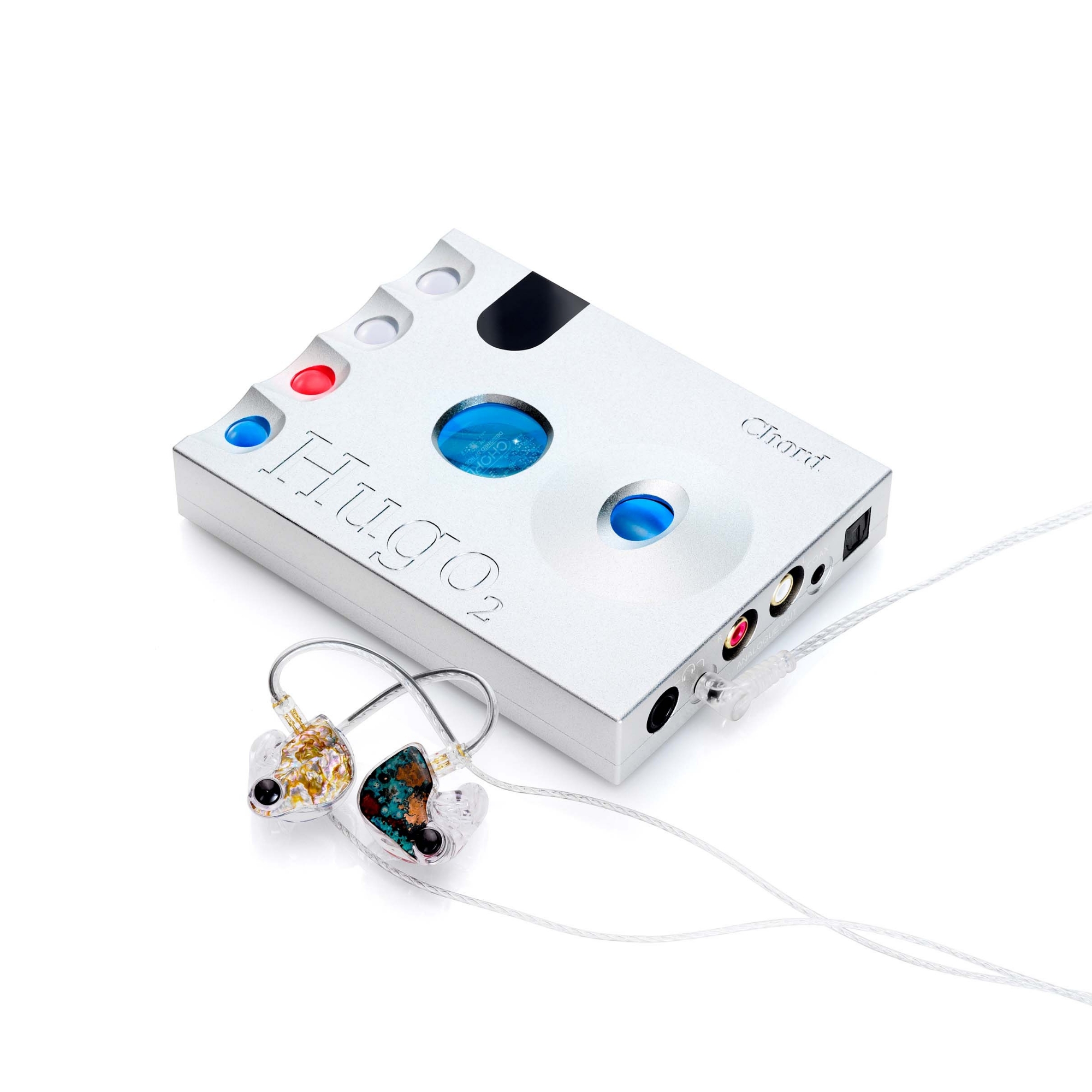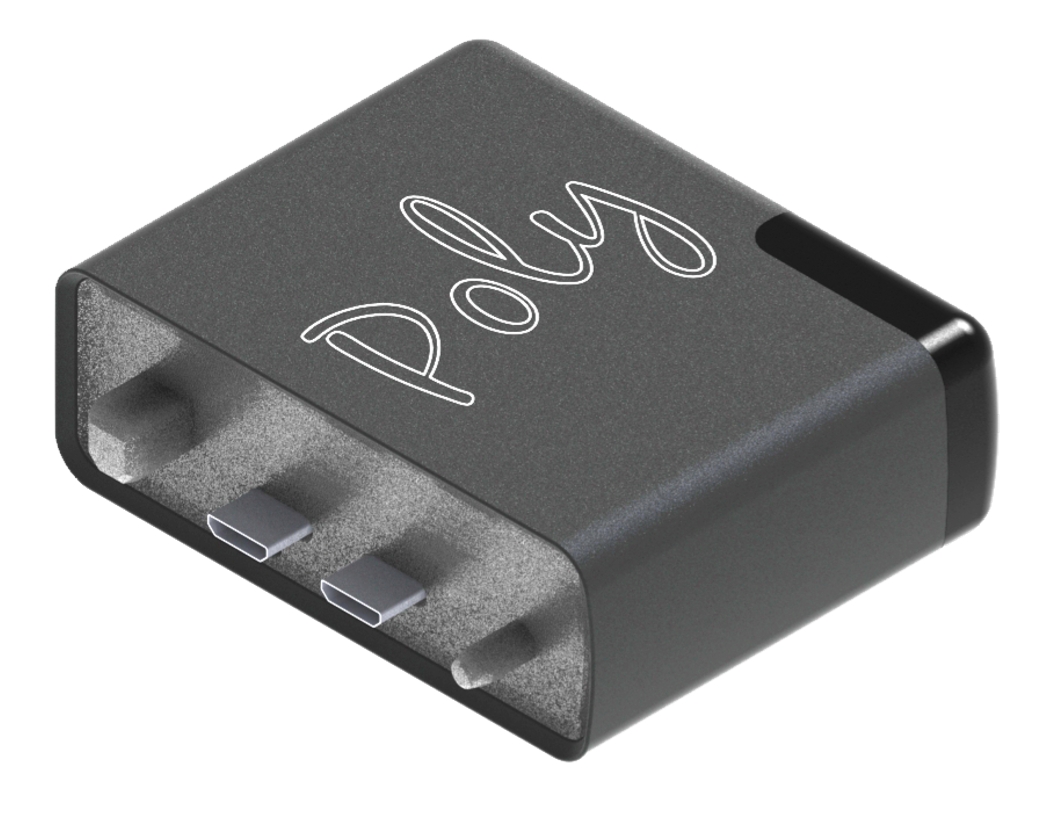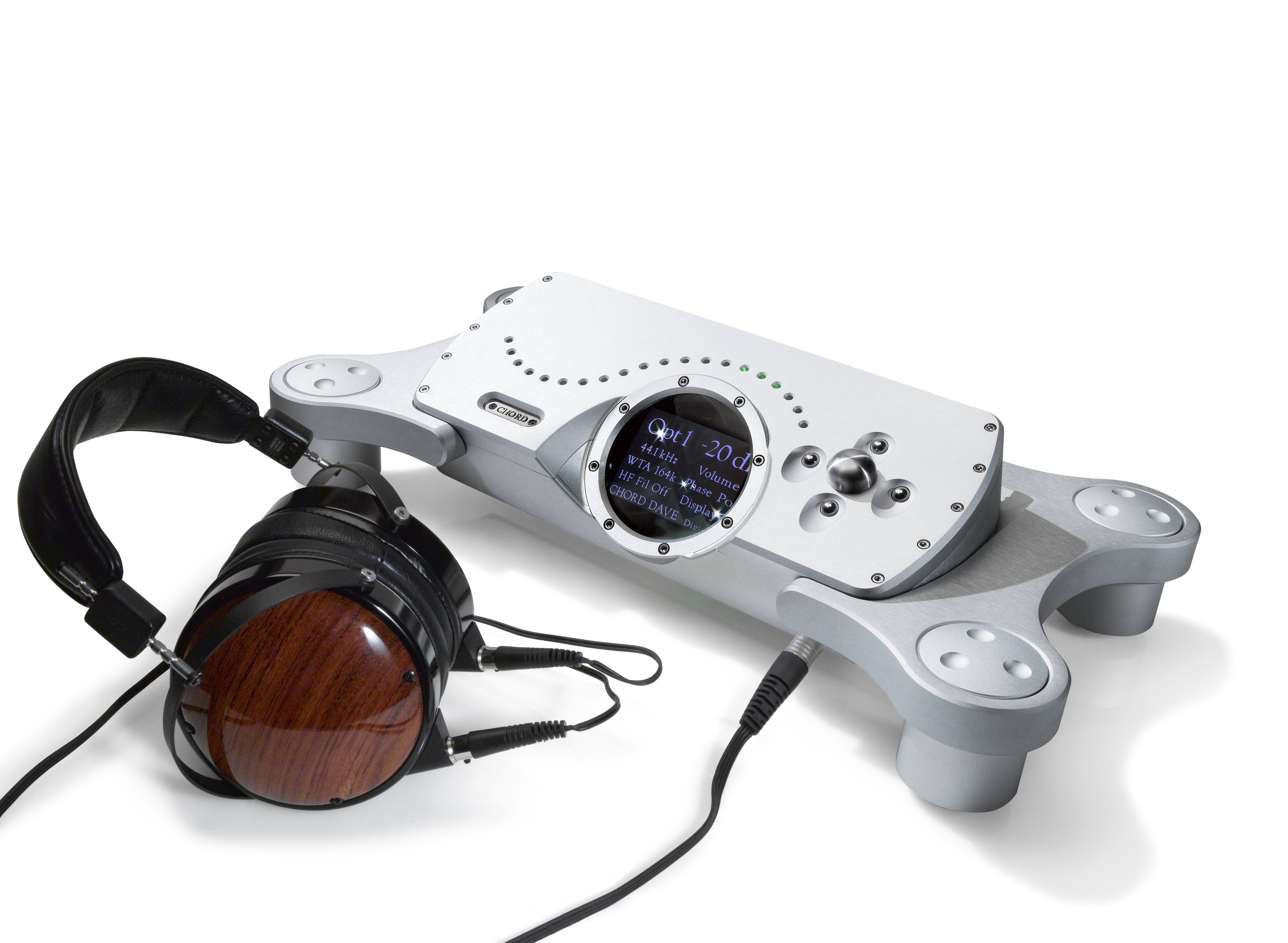I own the Leema Elements DAC and I have to say it’s pretty special. A few months ago the Leema rep came in to the  showroom and said that they were looking at releasing a full sized DAC called the Leema Libra that would surpass the quality of the Elements DAC and I got a little excited to say the least. We were not able to discuss or mention it to anyone as it was due to be shown at this years Bristol Sound + Vision which is this weekend and now we can finally mention it.
showroom and said that they were looking at releasing a full sized DAC called the Leema Libra that would surpass the quality of the Elements DAC and I got a little excited to say the least. We were not able to discuss or mention it to anyone as it was due to be shown at this years Bristol Sound + Vision which is this weekend and now we can finally mention it.
Introducing the amazing Leema Libra; Leema Acoustics’ class-leading Constellation series DAC.
After the release of the highly regarded Elements DAC that had been launched due to customers asking for a stand-alone DAC, Leema Acoustics have decided to continue with enhancements and have announced their flagship DAC the Libra – a class leading full sized 24bit 192kHz DAC.
The Libra is capable of offering ultra high-end audio performance and an extensive feature set for the faithful reproduction of today’s high-resolution audio formats. Libra arrives featuring a raft of analogue inputs and an analogue volume control to enable the unit to be used as a dedicated pre-amplifier with direct connection to power amplifiers. Leema’s design philosophy is not to choose DACs based purely on paper specification, but instead to choose components purely for their audio performance.
DACs in particular have been chosen to improve upon the sound delivered by our multi-award winning Antilla CD players – which is no mean feat!
Digital Features
Libra offers a comprehensive selection of inputs and input formats:
• USB using Leema’s own M1 asynchronous technology
• Bluetooth streaming
• 3 x SPDIF Coaxial inputs
• 3 x SPDIF Optical inputs
• 2 x AES/EBU XLR balanced input
• 1 x I2S fixed assignment for direct transport connection
• 1 x I2S with freely assignable pin connections to interface third party products
• 3 x Analogue inputs, switchable XLR balanced or RCA unbalanced
Leema’s latest DAC modules are using the full ‘Quattro Infinity’ topology at the heart of the conversion process. These DACs are Leemas best converters to date and offer the following features:
• DAC chips selected for audio quality rather than paper specification
• Multiple high-resolution Crystal Semiconductor DAC chips per module
• Mono operation for ultimate stereo separation and imaging (two modules used)
• Fully balanced operation from digital stream
• User selectable filter bandwidth
• Discrete shunt regulation for DAC audio power supplies
• All sample rates supported from 32kHz to 192kHz
Libra accepts all sample rates up to 192kHz on all inputs including USB. Additionally the USB input has full electrical isolation from the host PC for reduced noise and jitter using spinning electron galvanic isolation.
A unique clock recovery system is used for Bluetooth streaming. The clock recovery circuit design itself is able to recover a master clock with jitter down into the femtosecond region, allowing even bluetooth data to be streamed with similar jitter to other high-quality digital sources.
Analogue Features
The analogue has been fully balanced from input to output and therefore allows the DAC output to be balanced right back to the data stream. If RCA inputs are used, these are first balanced before being passed to the balanced signal chain. An ultra high-performance volume control is included – this may be bypassed for use as a DAC only, or for use with fly-by-wire power amplifiers such as Hydra or Altair IV. Both balanced and unbalanced analogue outputs are provided as standard on the rear of the Libra
Headphone Amplifier
Libra also includes a high-performance headphone amplifier which out-performs even the most high-end external units. The amplifier is able to drive headphones of any impedance or sensitivity and also operates from fully balanced input signals.
Green Credentials
The unit features ‘Active Standby’ where only a tiny amount of standby power is used – well below the current half watt standard. This is achieved by using a power supply with an efficiency of more than ninety percent to run the user interface. This in turn, enables an analogue power supply with multiple, individually regulated, power rails when the unit is operating.






Undoubtlessly a great preamp/DAC due to excellent features, if – as I suppose – quality level of excellent Leema Elements DAC is kept. Only thing really missing is a HDMI-in, essential for listening to high-res stereo-media such as DVD-Audio, Pure Audio Blu-ray or SACD.
A standard HDCP-capable HDMI-in would be sufficient, there ist no need of DSD-support for SACD, as current SACD/universal players offer lossless DSD-to-high-res-PCM-conversion (DSD to 176,4kHz/24bit). But there has to be an HDMI in, it’s not abdicable.
In december ’15 we got the Leema Libra. It is connected to the Leema Tucana II and the Leema Antila IIS eco. In the beginning we were skeptical and loved the open and organic sound of the Tucana – Antila combination. After burning in the Libra a couple of days we were astonished about its sound quality. It is really a big improvement over the original combination. More natural detail at the start of every tone, more controlled bass, better separation and positioning of instruments and les fatiguing to listen to for longer periods of time. If you love your music, the Libra is worth every penny!